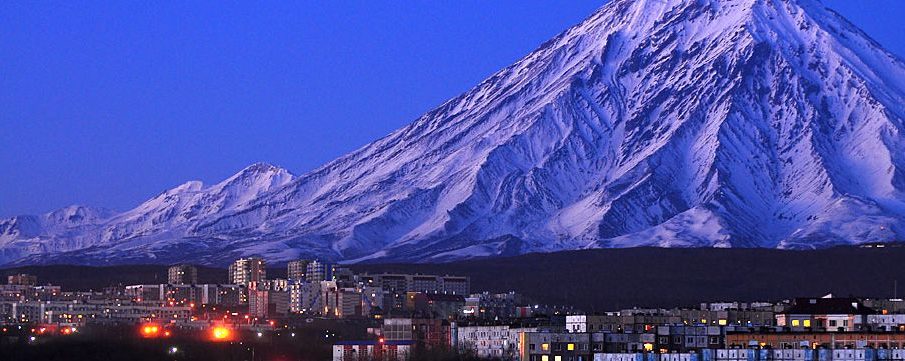Exploring Petropavlovsk: History and Significance

Introduction
Petropavlovsk is a remarkable city located in northern Kazakhstan, serving as the administrative center of the North Kazakhstan Region. Its historical roots date back to the 18th century when it was established as a fortress for the Russian Empire. The city plays a vital role in understanding the cultural and economic development of the region, and its significance continues to grow as Kazakhstan advances into the 21st century.
Historical Context
Founded in 1752, Petropavlovsk was originally constructed as a military outpost. Over the years, it has transformed from a fortress into a thriving urban area. The city is named after Saint Peter and Saint Paul, reflecting its religious heritage. During the Soviet era, Petropavlovsk became known for its industrial output, particularly in agriculture, manufacturing, and mining.
Modern Developments
Today, Petropavlovsk stands as a vibrant center of commerce and education. The city is home to several universities, fostering a new generation of professionals. Additionally, Petropavlovsk is strategically positioned near the border with Russia, making it a critical junction for trade and commerce between the two nations. In recent years, the government has invested in infrastructure, enhancing transport links and public services.
Significance to Residents and Visitors
For residents, Petropavlovsk represents a connection to their heritage and a gateway to future opportunities. The city celebrates various cultural events, preserving its rich traditions while welcoming modern influences. Tourists are drawn to its historical sites, such as the local museum, which showcases the region’s history and significance. Moreover, the area’s natural beauty, with nearby rivers and parks, provides recreational opportunities that attract visitors year-round.
Conclusion
Petropavlovsk is more than just a geographical location; it embodies the spirit and resilience of the Kazakh people. As the city evolves, its rich historical background intertwined with modern developments creates a unique atmosphere that blends tradition with modernity. With ongoing investments in infrastructure and education, Petropavlovsk is poised to become a central hub in Kazakhstan, further enriching its historical narrative while offering new possibilities for growth. For readers, understanding Petropavlovsk is essential to appreciating the broader scope of Kazakhstan’s cultural and economic landscape.









